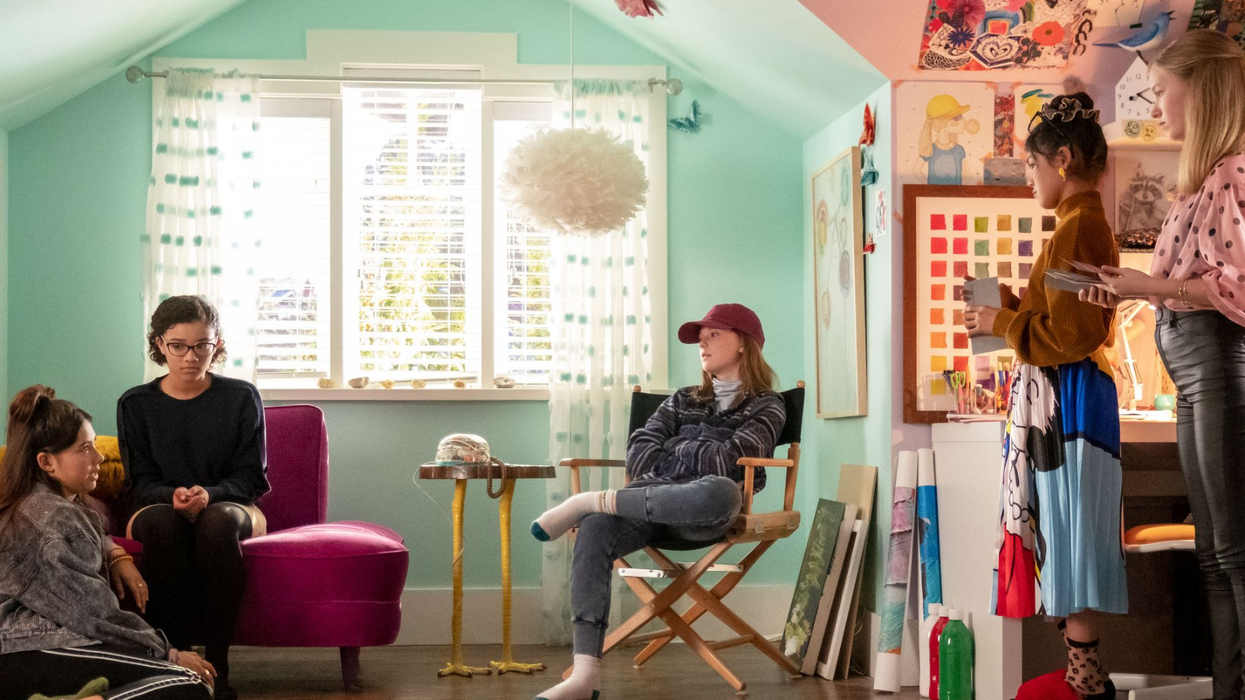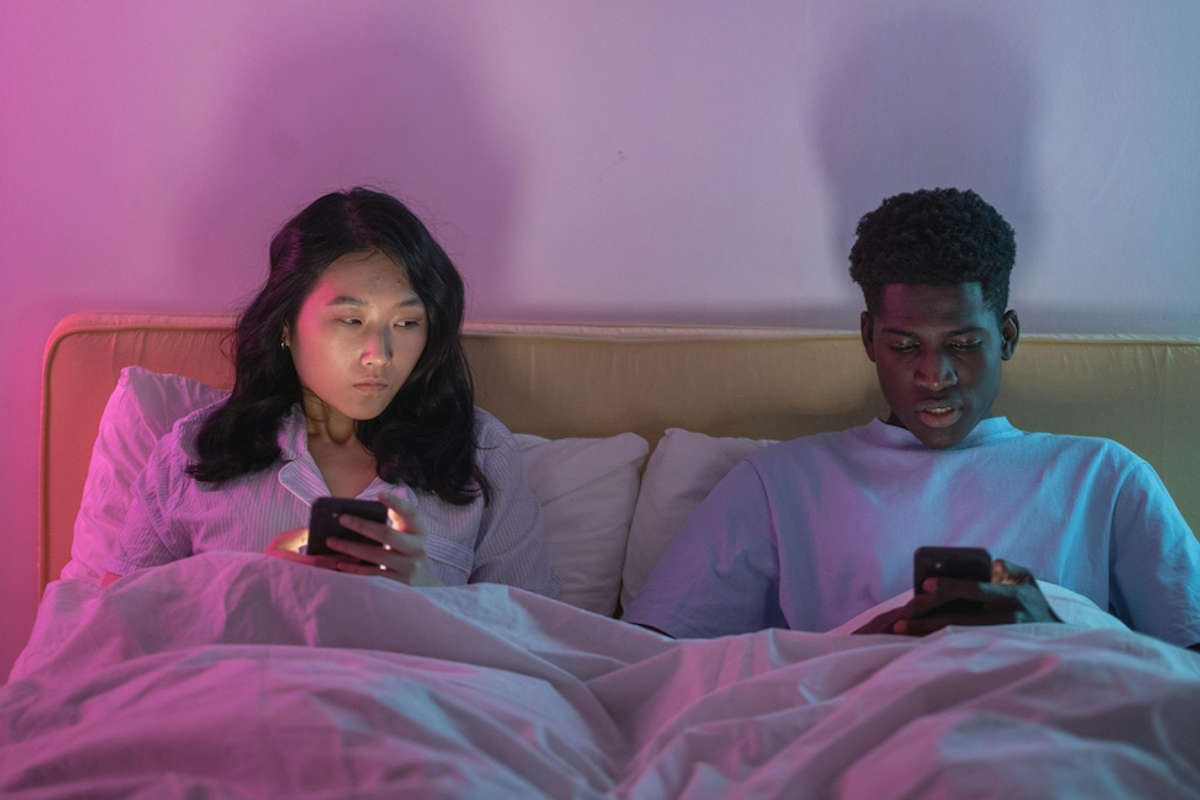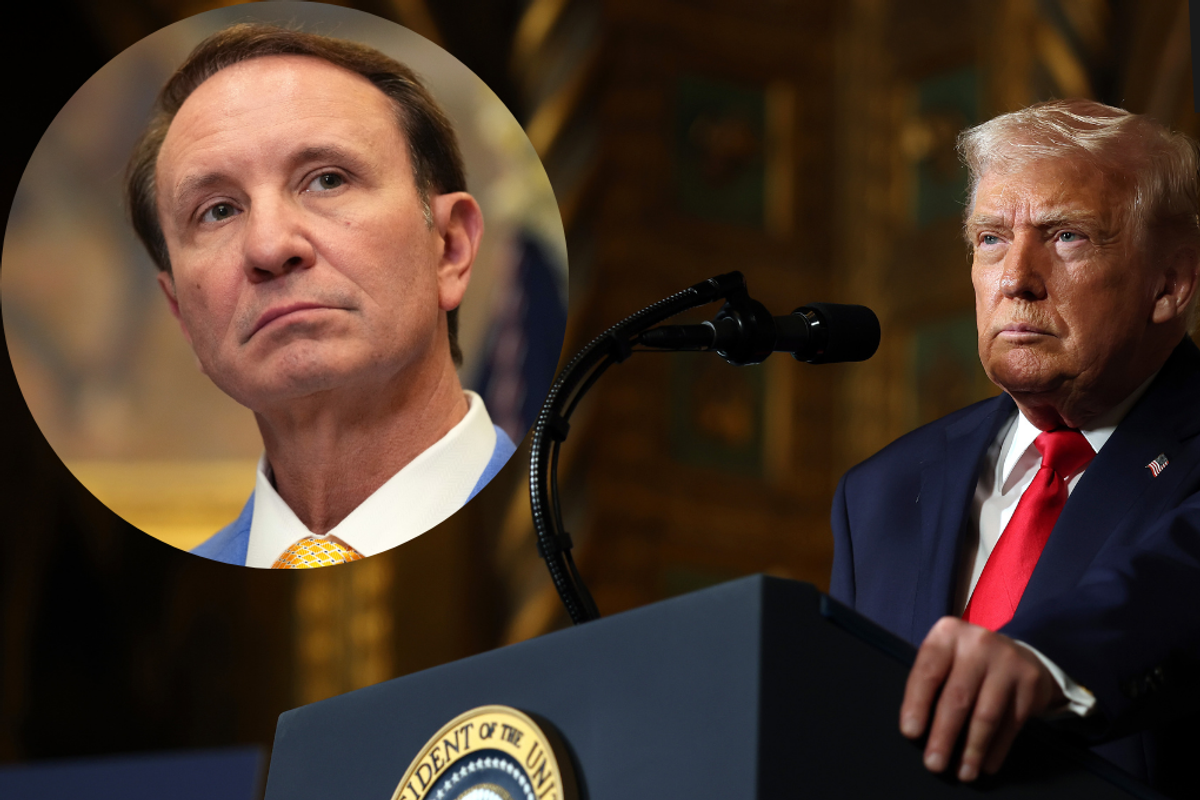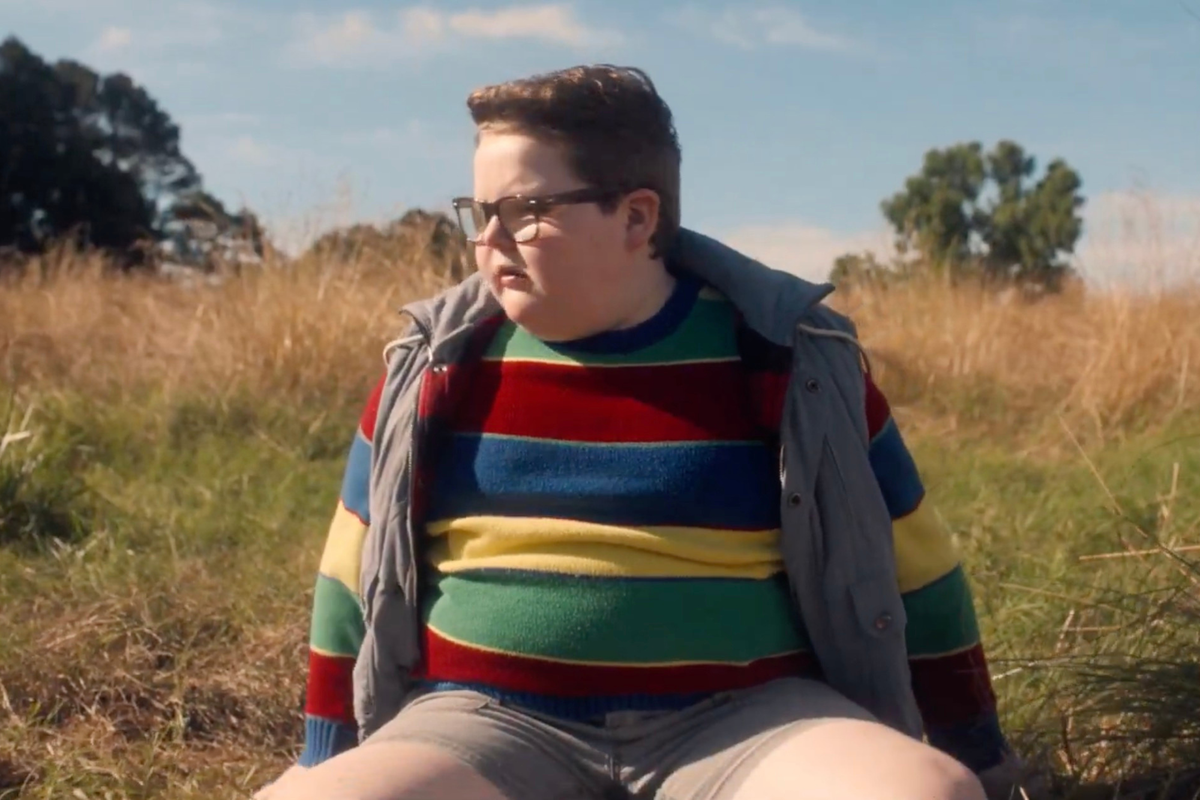
Many of those who enjoyed being a pre-teen in the 1990s and early 2000s (culottes! Britney!) will remember The Baby-Sitters Club from their original outings.
First published in 1986, the series by Ann M. Martin followed the pubescent dramas of a group of young women who begin a babysitting club to earn money – and learn unexpected lessons about friendships, ethics and the adult world along the way.
Now the series has been rebooted and re-imagined for Netflix, with a modern-day setting.
omg the baby-sitters club series got made into a netflix show i have so many feelings https://t.co/IrQE6ziw0d— karen (@karen) 1593735406
But that doesn’t mean everything has changed; as reboot executive producer Lucia Aniello and showrunner Rachel Shukert, told Vulture in a recent interview, they wanted to preserve as many original elements as possible, and keep the heart of the series the same.
Which is why the BSC are still operating using their famous landline system, reasoned away via Claudia’s sister, who receives a landline in her high speed internet package.
In the 2020 version of the BSC, the girls get the actual phone on Etsy; it’s a nostalgia piece but still very workable.
But elsewhere changes have been made. Yet given the extremely glowing early reviews, it looks like they’re only for the better.
Here’s a few of the most obvious updates in the Baby-Sitters Club reboot:
The girls have cellphones and social media
Pretty unavoidably for teens in 2020.
But to workaround the problem of TikTok and the clash that posed with kids who wanted to, you know, go outside, the creators decided to explain away the fact the girls have free time via parental restrictions. Limits on their computer use and activity, plus restricted cell phone usage (apparently Claudia has a flip phone) make the perfect conditions for their enterprise to be born.
Yes, I am an Associate Professor in Law. Yes, I have a PhD (my 10 year conferral anniversary this year in fact). Ye… https://t.co/Cuw31K8SrF— Assoc Prof Catherine Bond (@Assoc Prof Catherine Bond) 1593737920
Mary-Anne Spier is biracial and Dawn Schafer is Latinx
In the books, Mary-Anne is a shy, kind character, if a little 2D.
For the reboot, the creators decided to flesh out her backstory more and explore the impact of her mother’s death.
"I don’t think I realised as a little kid that Mary Anne is shy because her mother died and she doesn’t have a model for how to be a woman in the world, so she looks to other people for cues,” said Shukert, speaking to Vulture.
They also decided to cast the role of Mary-Anne with a biracial actress, Malia Baker. Mary-Anne’s ethnicity also adds weight to her widowed father’s intense strictness, say the creators. As the white father of a person of colour, he may be overprotective in shielding her from harm.
As for Dawn, a California girl who comes to the Connecticut suburb of Stoneybrook, Shukert and Aniello decided it made sense for her to be represented by a Latinx actress – and be more politically involved that some of the others.
“She was already into the environment, she already had stuff that felt like, if she was existing today, she’d be an activist in her friend group,” observed Aniello.
“So some of these things were already halfway there, and when you overlay the feel of, What is that in 2020?, it revealed itself”.
Dawn’s father is dating another man
One of Dawn’s major storylines is the divorce of her parents. While she, her mother and her brother, Jeff, move to Stoneybrook in the wake of the split, her father remains behind in California.
And in the 2020 update, he’s revealed to be living with his male partner.
It may come as a surprise, but queer relationships were not invented at the millennium.
Babysitters Club and Hamilton both out today....women in their 30s ready for the best day of their lives— Bec Shaw (@Bec Shaw) 1593739886
There’s politically relevant storylines
The BSC reboot doesn’t shy away from introducing hefty social issues sandwiched in amongst the charm.
Mary-Anne apparently has to speak up when she goes to the emergency room with a young trans girl who doctors repeatedly misgender.
There’s references to the internment of Japanese-Americans in World War II and storylines about economic inequality.
All in all: sounds like a winner.













